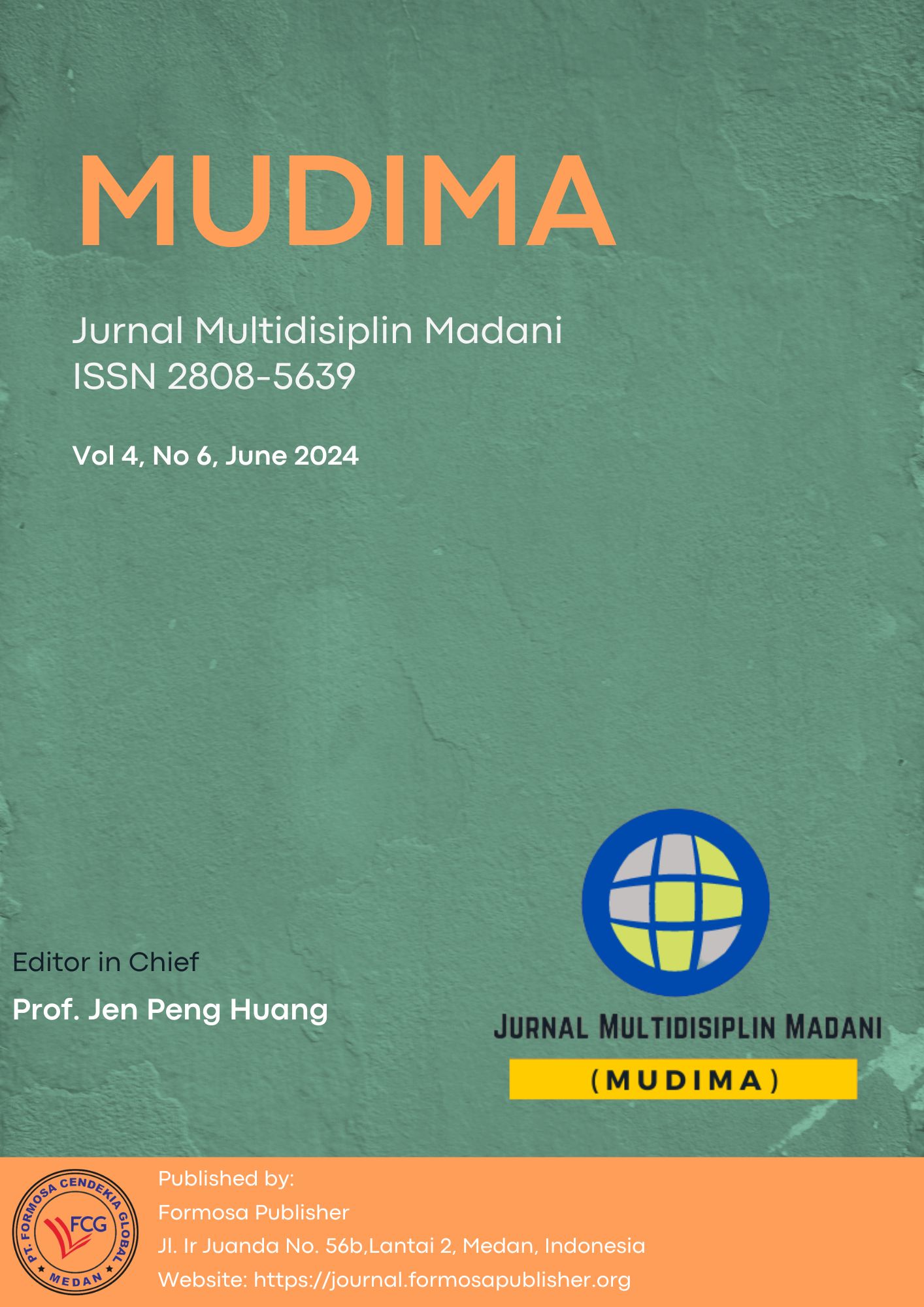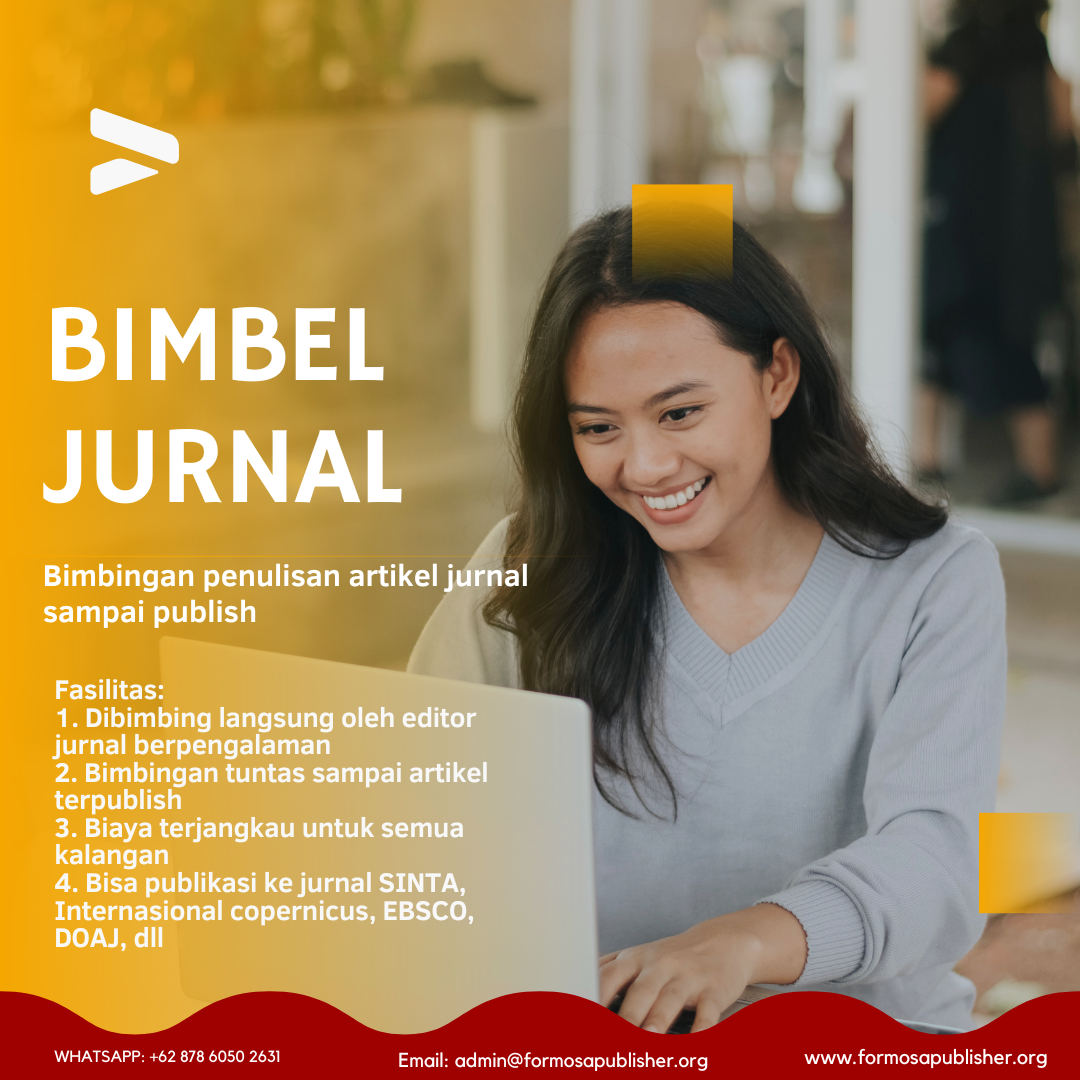The Treat of Chemical Weapons in 21st Century (Case Study: The Poisoning of Alexei Navalny with Novichok Nerve Agent)
DOI:
https://doi.org/10.55927/mudima.v4i6.9672Keywords:
Alexei Navalny, Chemical Weapons, Nerve Agent, Novichok, Russian OppositionAbstract
Chemical weapons have been outlawed as part of CBRNE (Chemical, Biological, Radioactive, Nuclear, and Explosive) weapons under the Chemical Weapons Convention since 1993. The convention's purpose is to eradicate all types of weapons of mass destruction by preventing participating states from developing, producing, acquiring, storing, retaining, transferring, or using chemical weapons, including those developed, produced, and used. The poisoning of Alexei Navalny in 2020 with the nerve toxin Novichok sparked widespread concern about the topic of chemical weapons in the twenty-first century. This study combined qualitative methodologies with descriptive analyses to better comprehend the incident. Strict enforcement, increased international collaboration, and improved detection technology are critical to preventing their spread. This episode worsened relations between Russia and the West, highlighting the breakdown of standards prohibiting the use of chemical weapons. The same nerve toxin was used to poison Sergei Skripa and his daughter in Salisbury. This chemical is difficult to detect and has a quick and fatal effect on the human body. Its usage in attacks on humans has raised serious concerns around the world. As a result, a coordinated and comprehensive global reaction is required to confront the threat of chemical weapons while upholding international rules barring their use
References
Bauer G, Wildauer A, Povoden G, Menzi B, Curty C. (2023). Crime Scene Novichok—Optical Detection of Fourth-Generation Agents (FGAs) Using Handheld Forensic Light Sources. Forensic Sciences. 3(2):231-244. doi:10.3390/forensicsci3020017
Chai PR, Hayes BD, Erickson TB, Boyer EW. (2018). Novichok agents: a historical, current, and toxicological perspective. Toxicology Communications. 2(1):45–48. doi:10.1080/24734306.2018.1475151
Charejoo A, Masoud Arabfard, Amir Jafari & Yazdan Hasani Nourian. (2022). A complete, evidence-based review of novichok poisoning based on epidemiological aspects and clinical management. Frontiers in Toxicology. 4: 1-13. doi:10.3389/ftox.2022.1004705
Creswell, J.W. (2014). Research Design: Pendekatan Metode Kualitatif, Kuantitatif, dan Campuran. Yogyakarta: Pustaka Belajar.
Etkind, A. (2022). Alexey Navalny: A hero of the new time. Sage Jurnal. 30(1): 19–26. doi:10.1177/2336825X211065909
Fernandes R, Farias D. (2019). The Number of Conformers Explains the High Toxicity of Novichok Agents. The Pharmaceutical and Chemical Journal. 6(1):24-26.
Granlund Cassandra. (2023). The use of chemicals as agents of war. Horten: Norwegian Defence Research Establishment (FFI).
Jeong K, Choi J. (2019). Theoretical study on the toxicity of ‘Novichok’ agent candidates. Royal Society Open Science. 6(8): 1-6. doi:10.1098/rsos.190414
Kumaran Ganesan, S. K. Raza, & R. Vijayaraghavan (2010). Chemical warfare agents. Journal of Pharmacy & Bioallied Sciences. 2(3): 166–178. doi:10.4103/0975-7406.68498
Madaj R, Gostyński B, Chworos A, Cypryk M. (2023). Novichok Nerve Agents as Inhibitors of Acetylcholinesterase-In Silico Study of Their Non-Covalent Binding Affinity. Molecules. 29(2). doi: 10.3390/molecules29020338
Masterson, J. (2021). Reinforcing the Global Norm Against Chemical Weapons Use. Retrieved May 3, 2024, from Arms Control: https://www.armscontrol.org/policy-white-papers/2021-02/reinforcing-global-norm-against-chemical-weapons-use
The Congressional Research Service (CRS). (2021). Russia: The Navalny Poisoning, Chemical Weapons Use, and U.S. Sanctions. United States: https://crsreports.congress.gov
Tucker JB. (2008). Viewpoint: Converting former Soviet chemical weapons plants. Taylor & Francis. 4(1): 78–89. doi: 10.1080/10736709608436654
Vepachedu S. (2018). ANYONE CAN MAKE NOVICHOK. The Andhra Journal of Industrial News. 168: pp. 1–67.
Voiţă-Mekereş F, Delcea C, Buhaș CL, Ciocan V. (2023). Novichok Toxicology: A Review Study. Archives of Pharmacy Practice. 14(3):65-69. doi:10.51847/4f46g0066j
Wintour, P. (2020). Novichok poisoning of Navalny will heighten tensions between Russia and the West. Retrieved May 3, 2024, from The Guardian:https://www.theguardian.com/world/2020/sep/02/novichok-poisoning-navalny-tensions-russia-west-analysis
Yağmuroğlu Ozan. (2022). New Generation Nerve Agent Novichok: Chemical Structure, Mechanism of Action, Protection, Treatment and Decontamination Methods. Conference. 6th International Congress on Life, Social, And Health Sciences In A Changing World (pp.186–188). Turkey: BZT Akademi Yayinevi®.
Yunanda, N, F., & Nadia. (2022). Strategi Menjaga Kedaulatan Bangsa Demi Keutuhan Negara Kesatuan Republik Indonesia Di Era Society 5.0 Dalam Perspektif Ilmu Pertahanan Dan Bela Negara. Jurnal Kewarganegaraan, 1195-1202.
Downloads
Published
How to Cite
Issue
Section
License
Copyright (c) 2024 Yuniarti Nur Azizah, Jupriyanto, I.B. Putra Jadhana, Yayat Ruyat, Mas Ayu Elita Hafizah

This work is licensed under a Creative Commons Attribution 4.0 International License.
































